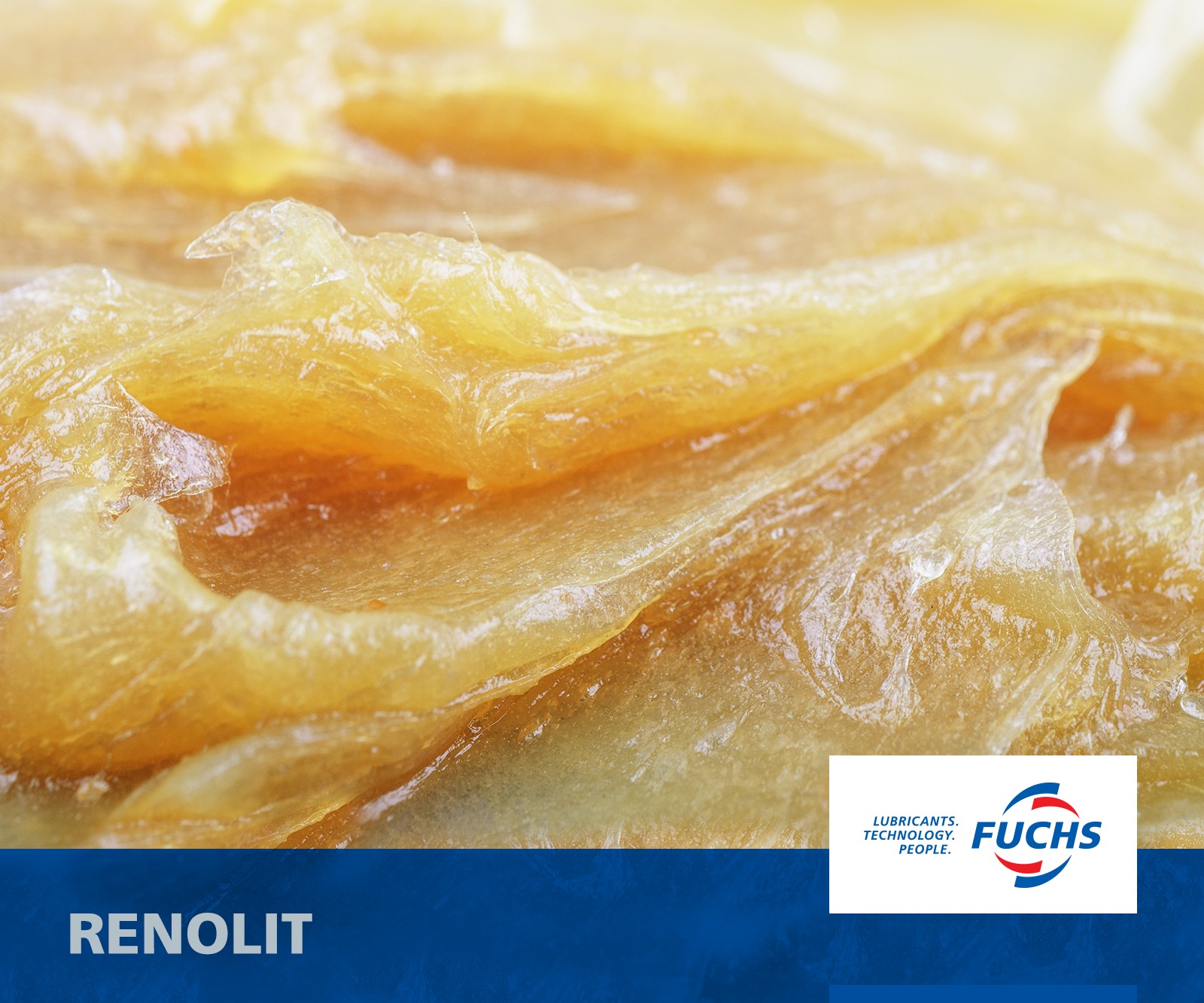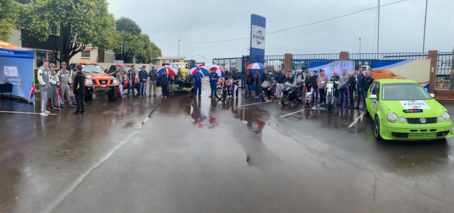Selecting A Worm Gear Lubricant
Viscosity, load, material compatibility, noise emissions, component life, and the recommended service temperature range of an application should all be considered prior to selecting a worm gear grease.
To compete in the marketplace, engineers across all industries are being tasked with increasing gearbox efficiency. Modern designs therefore must achieve high-power transfer without generating noise or excess heat. Gears have been pushed to design limits as they are required to run at higher speeds, under heavier loads, and for longer periods of time.
Lubrication is a common and effective solution when tackling these design challenges as they can reduce temperatures, wear, and noise. Along with new materials and improved manufacturing processes, synthetic lubricant technology has helped to achieve these higher industry expectations. But for sophisticated worm gear designs with advanced performance requirements, not just any grease will get the job done.
There is no “one-size-fits-all” lubrication solution for worm gears. A grease should be carefully selected to withstand the specific operating conditions of an application. If conditions such as temperature and speed are not carefully considered, the grease may not adequately protect a component from wear and corrosion, and can even accelerate the process. Worm gear lubrication in particular presents unique challenges to design engineers who must consider the high sliding contact forces found in the gear assembly.
Viscosity, load, material compatibility, noise emissions, component life, and the recommended service temperature range of an application should all be considered prior to selecting a worm gear grease.
Viscosity
Viscosity is a critical property to consider when matching a grease’s base oil to specific operating conditions. If viscosity is too high, excessive power will be required to actuate or rotate the device.
Worm gears undergo more sliding motion than rolling motion. Rolling motions will migrate grease around the entire gearbox to ensure all components, including the contact zone, are sufficiently lubricated. Repetitive sliding motions will push the grease away from the contact zone.
For this reason, greases with a lower base oil viscosity are recommended to ensure the lubricant can migrate effectively to all areas of the gearbox under sliding conditions. PAO-based lubricants offer a better viscosity index (how much the viscosity changes with temperature) than mineral oil base products. While choosing the correct base, oil viscosity is paramount; temperature and loading conditions should also be considered when selecting the proper grease.
Temperature
The predominantly sliding contact of the worm gear generates significant friction and high operating temperatures in the assembly. This is a problem for designers who wish to maximize gearbox efficiency without giving off too much heat. When a grease cannot withstand high temperatures, it will oxidize and leave behind several byproducts such as acids. These acids attack the metal surface and lead to increased wear and corrosion of the gear.
Increased viscosity at low temperatures can cause an increase in starting torque applied to worm gear assembly. Lowering starting torque requirements can enable reduction in the size and weight of the gear motor and sometimes allow for the use of plastic materials in the design.
A grease for worm gears should be able to withstand operating temperatures of up to 125°C. PAO-based lubricants offer reduced volatility and a lower pour point. These two properties improve both the high- and low-temperature capabilities as they lower the evaporation and increase the grease’s functionality in colder environments.
Load
Without a sufficient film of lubrication separating metal-on-metal surfaces, high-load and high-temperature gears risk adhesive wear. Lubrication regimes describe the type of lubrication film that is created under specific operating conditions and is dependent on the degree of contact between surfaces. Understanding the difference between lubrication regimes is critical in selecting the right grease for an application that will protect a component and prevent wear. There are three distinct types of film — boundary, mixed, and elasto-hydrodynamic — that are determined by the amount of contact between the surfaces. By knowing the roughness of the two surfaces in an application, as well as the lubricant film thickness, film regime can be predicted.
Due to the sliding contact of worm gears resulting in high friction, worm gears operate predominantly under boundary lubrication conditions. During boundary lubrication, opposing surfaces meet with little or no oil film separation. In this regime, damage is prevented by extreme pressure (EP) additives that promote sliding rather than welding of surface asperities. Lubricants with EP additives have greater film strength to reduce friction and protect a gear from wear.
Many engineers will not select a grease with an EP additive because they often contain active sulfur, which can soften, etch, or corrode yellow metals. If this is a concern, consider using an EP additive with inactive sulfur that prevents the corrosive attack of the gear surface. Inactive sulfur forms a soft slippery chemical layer on the metal surface that protects against wear.
Material Compatibility
Worm gears come in a variety of sizes from power steering units to small DC motors and typically transmit higher torque ratios; therefore, typical worm and wheel materials can vary anywhere from stainless steel, to nylon, to even some yellow metals (brass, bronze, etc.).
Many applications, such as electric power steering systems, use a combination of plastic and metal components within their gear assembly. It is important to select a grease that is compatible with all the materials in an assembly. Incompatible lubricants can penetrate plastics and cause several adverse physical and chemical reactions that affect its mechanical properties.
First, plastic can absorb oil and swell. Second, oil can extract soluables from plastic and shrink it. Finally, chemical interactions can affect the molecular structure of the plastic where a slight chemical change may lead to loss in mechanical performance such as embrittlement.
The lower the viscosity of the base oil, the greater the possibility that it can penetrate plastics. Esters should be approached with caution as they have been known to attack certain plastics and elastomers. With so many different variations of plastics and elastomers, compatibility testing is always recommended to ensure it will work properly in a specific application.
Component Life Requirements
Some applications require what we like to call “Lube for Life” lubrication. In applications where servicing is impossible or difficult, such as a closed gearbox application, a grease or oil must be able to lubricate the gear for its entire life expectancy. Life testing data should be requested for such applications.
Noise
If a worm gear makes noise, it can negatively affect how users perceive the quality of the application, even if the application is working properly. Friction often presents itself to the customer in the form of noise and vibration. Applying a lubricant between sliding surfaces reduces frictional vibration to minimize noise emissions. A grease can even be tested to prove its “quietness.”
The right worm gear grease will reduce temperatures, extend component life, and reduce noise to ultimately improve gearbox efficiency and help achieve design goals. Nye Lubricants, a subsidiary of the FUCHS Group of companies, is a leader in the formulation of specialty lubricants for demanding gear applications. By Brian Kinkade - NYE Lubricants, part of the FUCHS Group.


